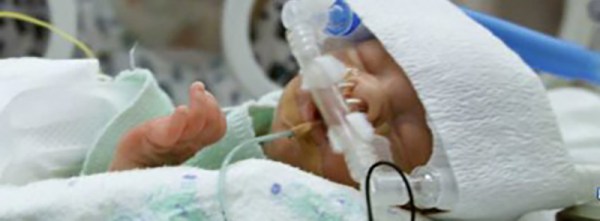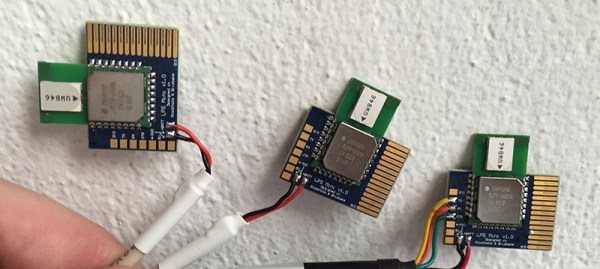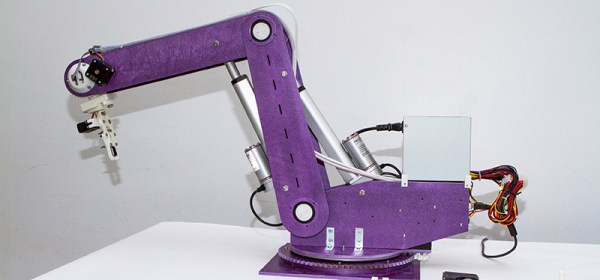Join the Hackaday Crew in Berlin this Saturday for a meetup!
This weekend in Berlin, Germany, there are at least two events happening and [Sophi], [Elliot] and [Bilke] are going to check them all out. The Vintage Computing Festival is one of the big events, and it looks like there will be lots of geeky magic to play with. This weekend is also Maker Faire Berlin where we’re looking forward to hanging out with our friends from Hackaday.io and we’re excited about meeting new people and projects.
Hackaday often throws a party after Maker Faire to celebrate all of our community projects and we’re doing it again Saturday night. We are co-hosting a party with the Vintage Computing Festival, on the same site as the festival, and all are welcome. We’ll have drinks and snacks, and the VCF has live music planned for the evening. This event is free, but we’d like you to RSVP so we know how many refreshments are needed.
Your first drink is on us, and naturally, if you bring a project,your second one is on us too! Please help spread the word by telling your friends, sharing on social media, and mobilizing all the people at your Hackerspace. See you on Saturday!
























